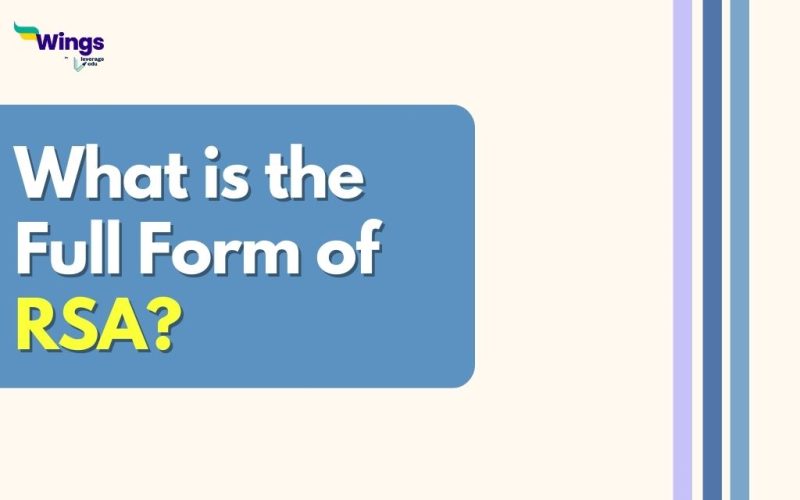Rivest, Shamir, Adleman is the full form of RSA. RSA stands for Rivest, Shamir, and Adleman. These are the creators of the well-known RSA Algorithm. The RSA algorithm is a public-key cryptosystem based on public-key encryption technology. Because of its traditional encryption mechanism, this technology aids in transmitting private and sensitive data via the Internet.
Table of Contents
History of RSA
Developed in 1978 by researchers Rivest, Shamir, and Adleman at RSA Data Security Inc., this algorithm was enhanced with an additional code to boost its security measures. Some of the characteristics of RSA are –
- RSA is a method of public-key encryption.
- It is secure and dependable for data exchange over the Internet.
- It ensures the confidentiality of the data.
- RSA boasts remarkable resilience, as cracking the keys intercepted by hackers is notably challenging.
How Does RSA Work?
It operates on two keys:
- The public key consists of two numbers, one of which is the product of two huge prime numbers. This key is distributed to all users.
- The private key is derived from the two prime numbers used in the public key and is always kept private.
Also Read – What is the Full Form of RSA in Cricket?
Why RSA Algorithm is Used?
The difficulty of factoring huge integers that are the product of two large prime numbers is what gives RSA its security. Multiplying these two integers is simple, but extracting the original prime numbers from the total – or factoring – is deemed impossible due to the time required by even today’s supercomputers.
The most difficult aspect of RSA cryptography is the algorithm for generating public and private keys. The Rabin-Miller primality test procedure is used to create two huge prime numbers, p and q. The modulus, n, is obtained by multiplying p and q. This number is shared by the public and private keys and serves as a bridge between them. The key length is its length, which is commonly given in bits.
The public key is made up of the modulus n and a public exponent, e, which is usually set to 65537 because it is a non-excessively huge prime integer. Because the public key is shared by everyone, the e figure does not have to be a secretly chosen prime number.
The modulus n and the private exponent d make up the private key, which is derived using the Extended Euclidean technique to obtain the multiplicative inverse with regard to the totient of n.
Also Read – What is the full form of IAC?
Advantages of RSA
- The RSA algorithm is fairly simple to implement.
- For transferring secret data, the RSA technique is safe and secure.
- Cracking the RSA method is extremely difficult due to the complicated mathematics involved.
- It is simple to distribute public keys to users.
Disadvantages of RSA
- It may fail at times because complete encryption requires both symmetric and asymmetric encryption, yet RSA only employs asymmetric encryption.
- Because of the enormous number of people involved, the data transfer rate is slow.
- It is occasionally necessary for a third party to verify the dependability of public keys.
- Decryption requires a lot of computing power on the receiver’s end.
- RSA cannot be used for public data encryption, such as voting in elections.
Also Read: What is the Full Form of CSO?
Popular Full Forms
We hope this blog has helped you understand the full form of RSA and everything related to it. If you want to know more, find the 300+ full forms list on our blog. In the world of short forms, you can rely on the Leverage edu page to know about more full forms like this! Connect with us study abroad experts to achieve your international dream today!
 One app for all your study abroad needs
One app for all your study abroad needs













